Southern Shaolin Temple
南 少林 廟
A temple complex discovered 20 years ago in southern China is now being restored.
Photography by Dennis & Anita Lunt
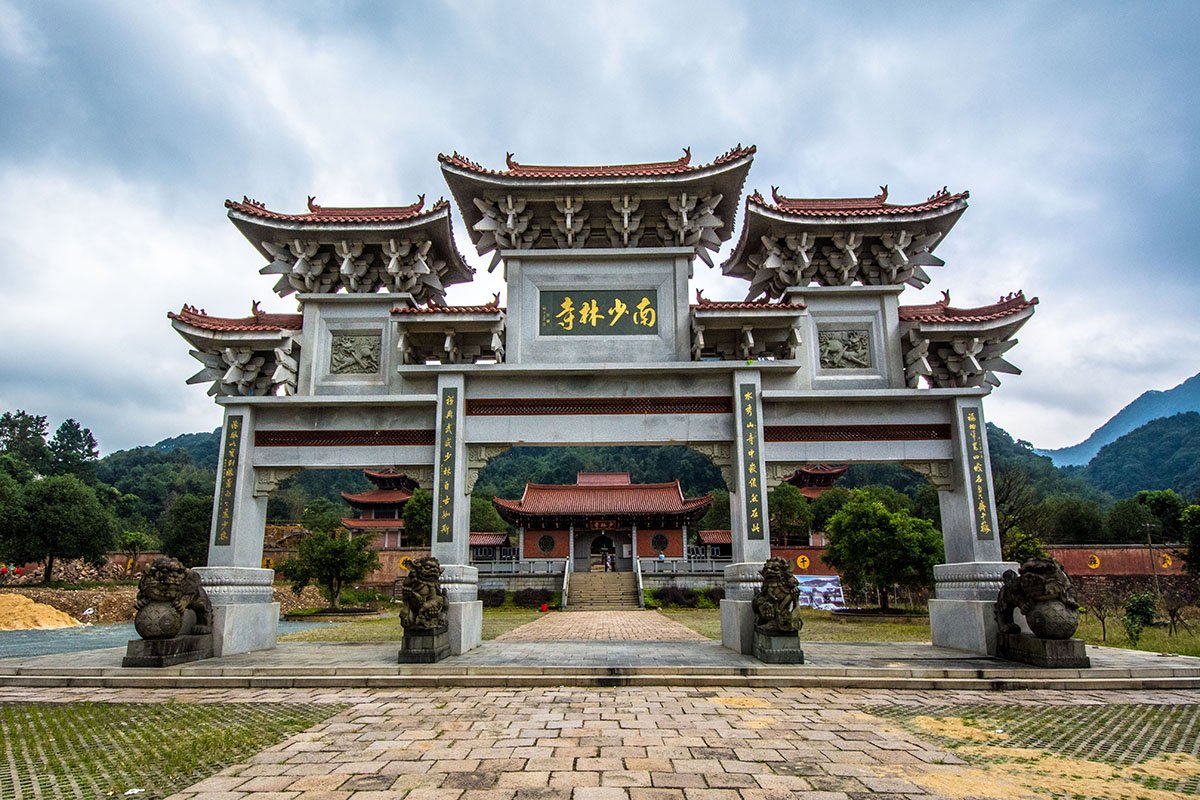
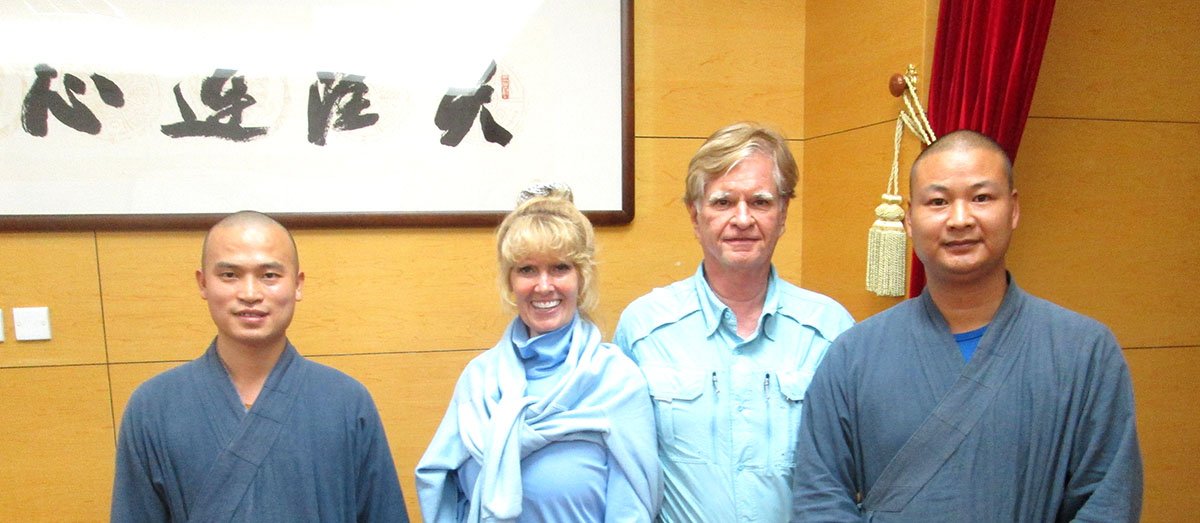
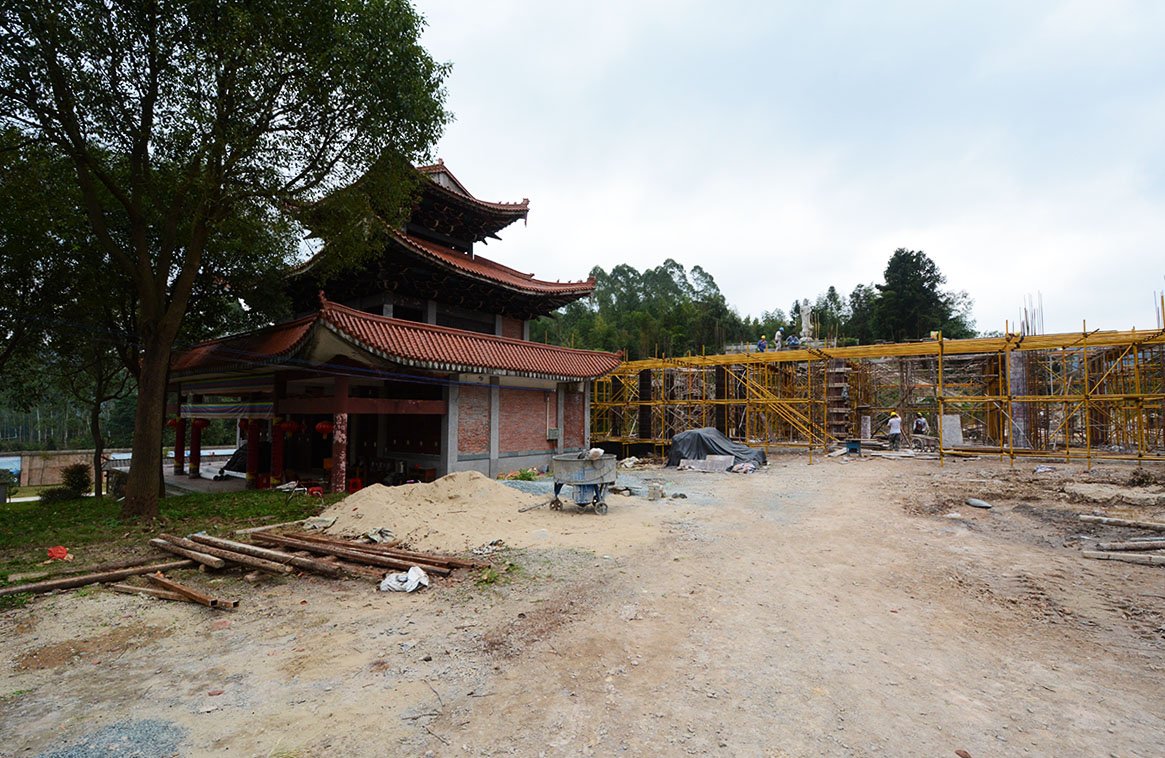
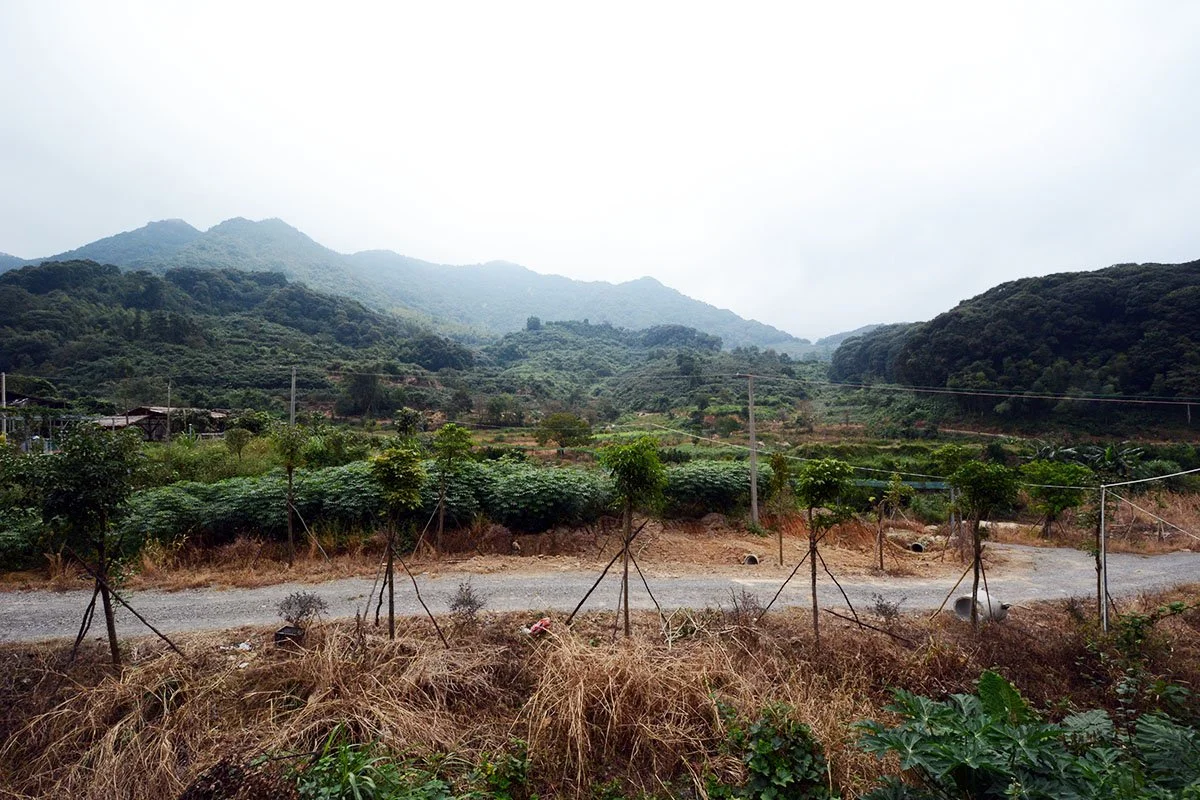
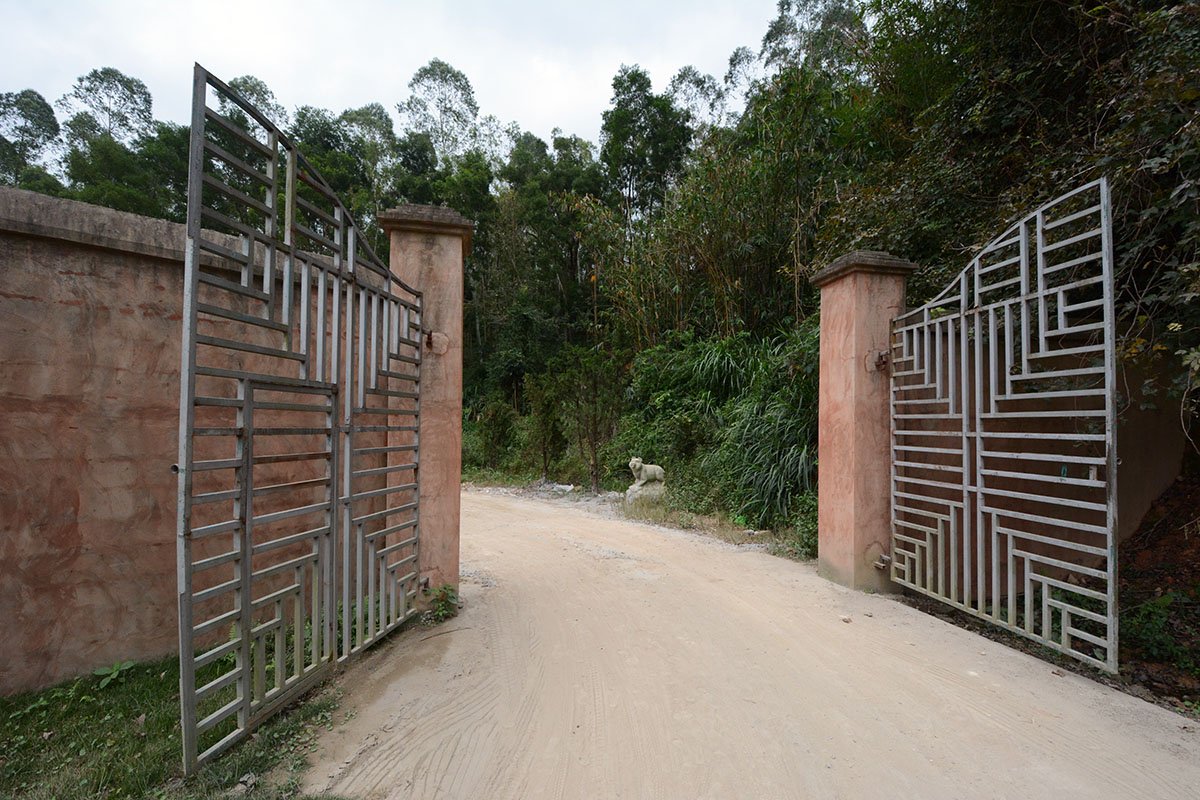
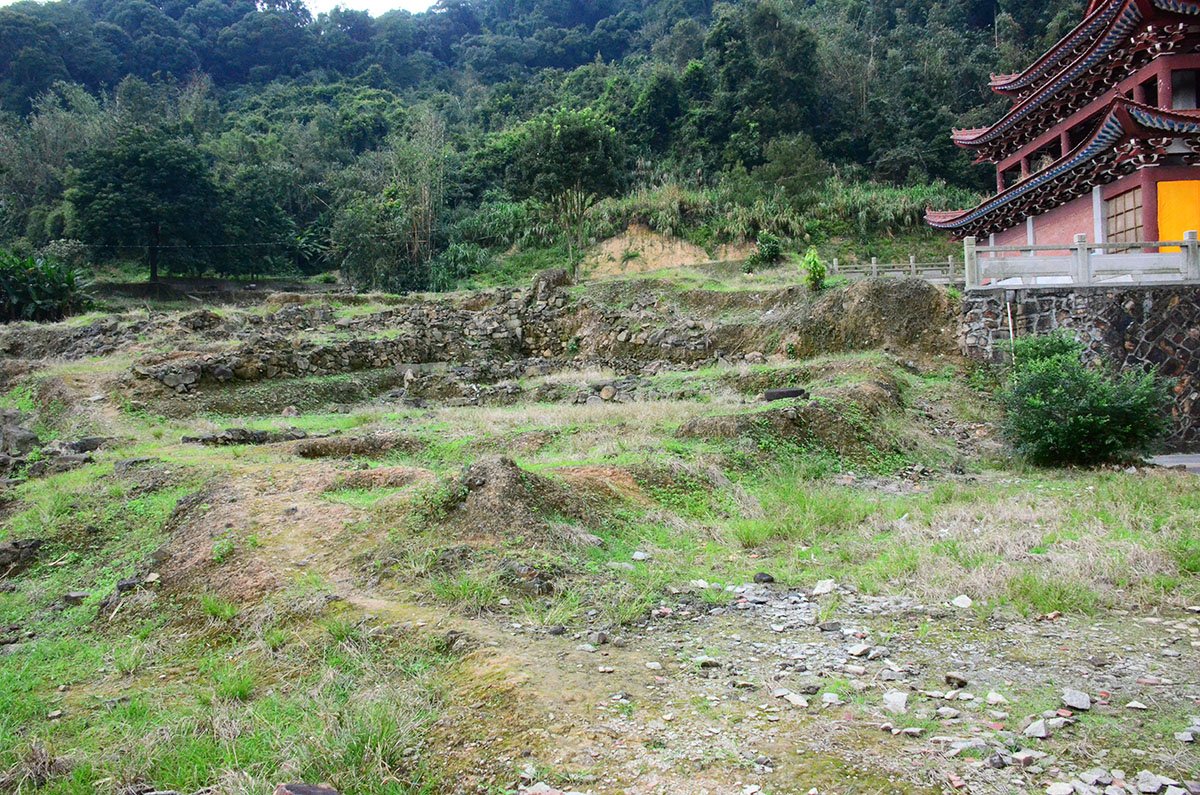
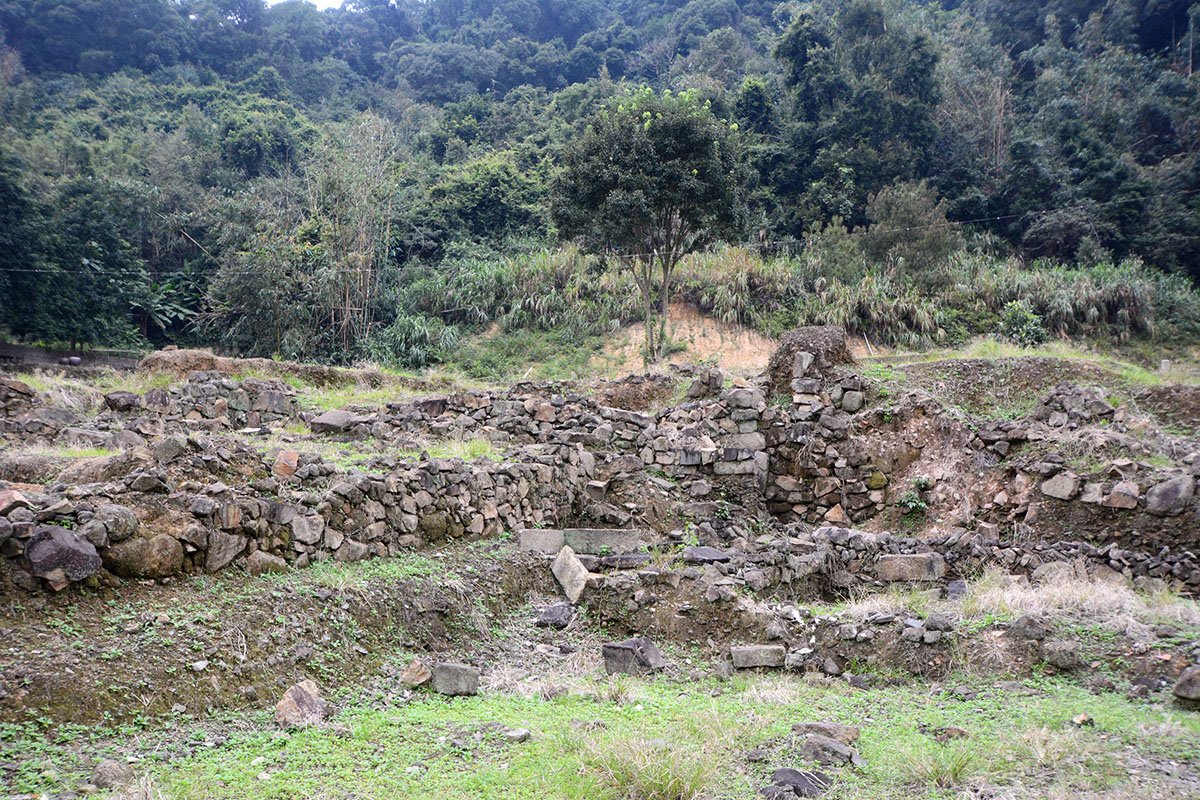
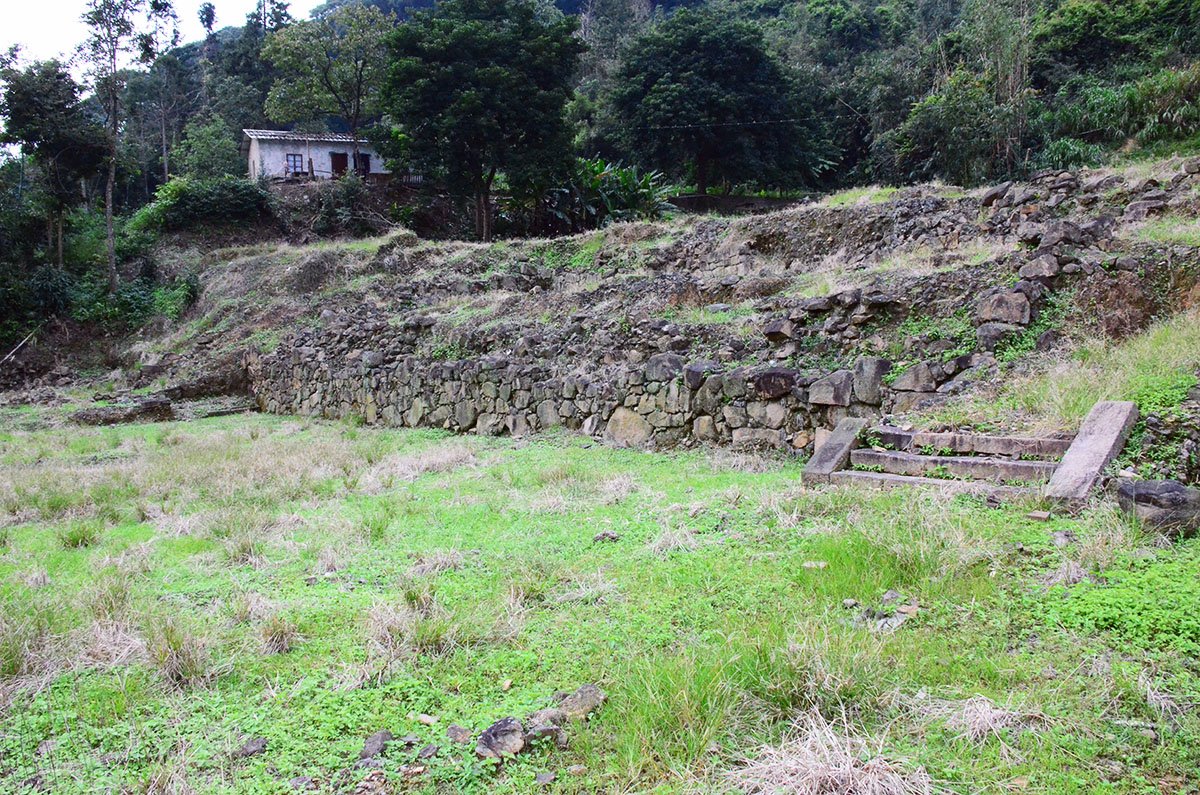
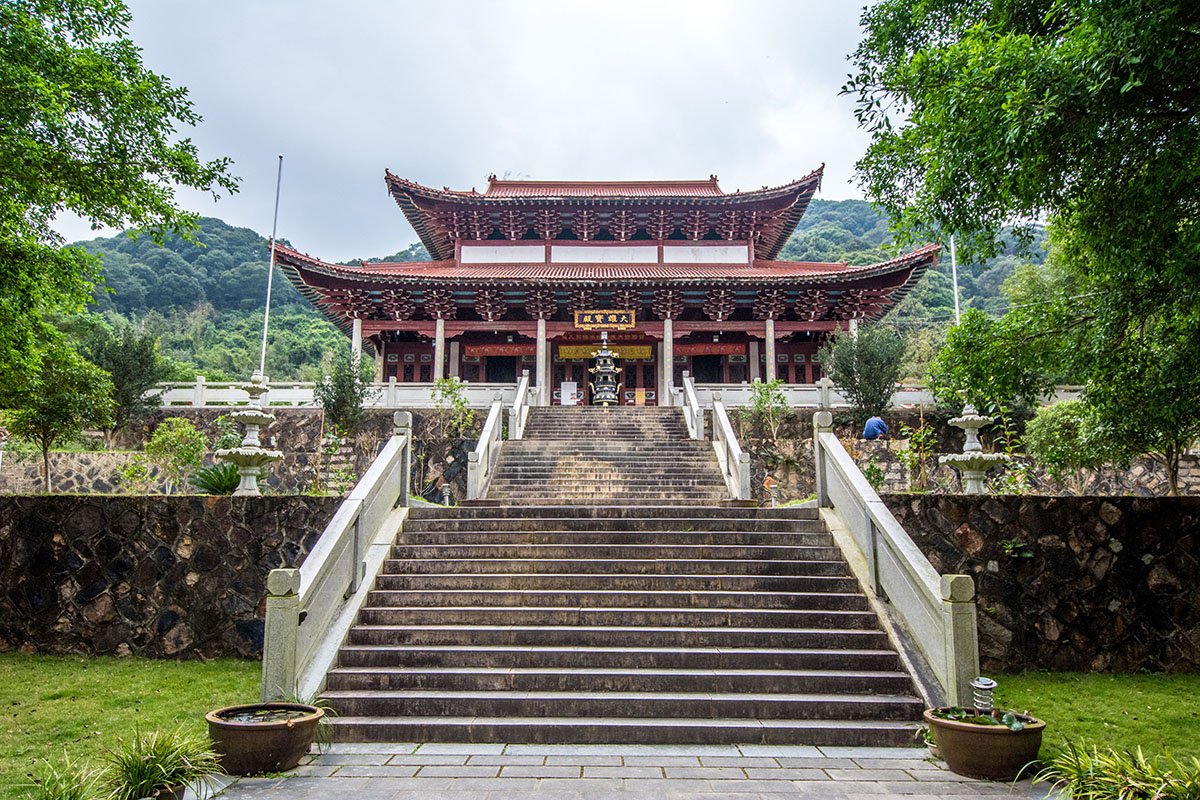
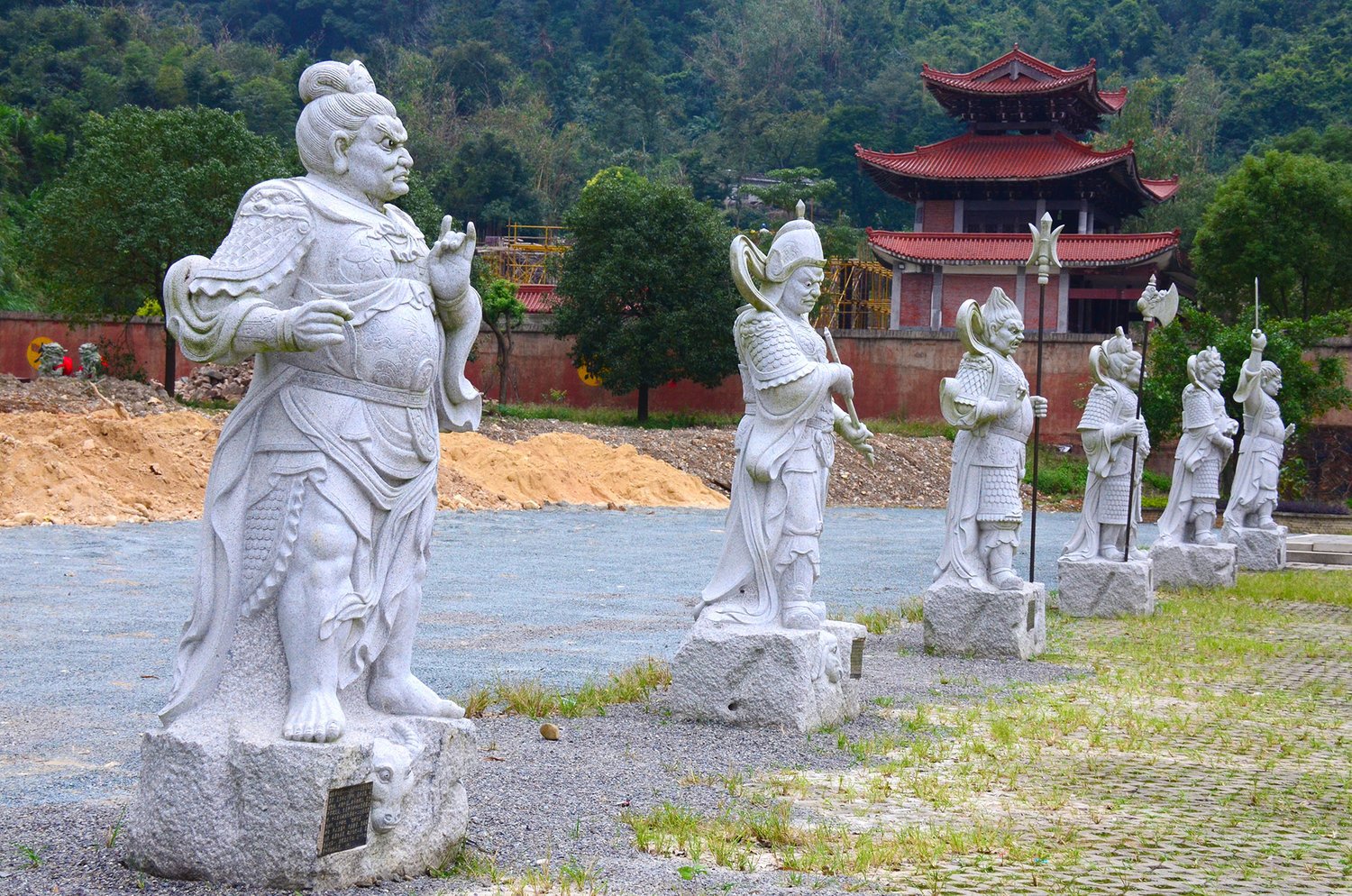
“SHAOLIN
少林
Combines the Chinese characters for small (少) and “forest” or “grove” (林).
NAN SHAO LIN MIAO
南 少林 廟
This webpage uses the Chinese characters for “south” (南) and “shaolin” (see above for meaning), and “shrine” (廟).”
UNVEILING A MYSTERY
Shaolin (少林) monks are famous for their martial arts prowess that has been developed at the Buddhist monasteries during the past 1500 years. The first temple was built in Henan Province near Dengfeng during the 6th century A.D.. The spread of Buddhism across China necessitated the construction of other monasteries.
A large temple in Fujian Province purportedly served as a refuge for monks during times of crisis at the northern Henan enclave. Folklore and limited historical records shroud the legend of a southern Shaolin temple in a veil of mystery. Historians and archeologists across China have long debated the location of a southern monastery. Sometimes described as being larger than the Henan complex, the Fujian temple probably provided a base for warrior monks to assist the coastal people with security issues, such as pirates invading the territory and wreaking havoc.
“FUJIAN
福建
Combines the characters for “fortune” or “luck” (福) and “commitment” or “contract” (建).”
Three southern Shaolin temple locations have become significant as the Chinese research their cultural history: Putian, Quanzhou and Fuqing. The Putian and Quanzhou temple sites have received some publicity. Here we wish to focus on the recently discovered Fuqing Southern Shaolin Temple site.
THE FUQING STORY
“FUQING福清
Pronounced “fu-ching”, combines the Chinese characters for “fortune” or “luck” (福) and “pure” (清).
SHAOLINCUN
少林村
Combines the characters for “shaolin” plus the character for “village” (村, pronounced “tsoon”).”
In 1996 a young man, named Song Kening, discovered ruins in the foothills of the rain forest by a village called Shaolincun (少林村) near the east coast of Fujian Province, China. The centuries-old debris was evidence of a large building complex, including waterways and sewage channels. Over several years archeological exploration of the site revealed artifacts such as pottery shards marked with the characters 少林, indicative of a Shaolin monastery.
Eventually Mr. Song became mayor of the nearby city of Fuqing. Seeking government assistance for further research at the site, Mr. Song contacted his close friend who was then mayor of Fuzhou, Mr. Xi Jinxing, now president of China. Together they helped bring in experts from universities to examine the ruins. The extensive archeological findings persuaded Chinese governmental officials to recognize the Fuqing temple site as an historic landmark.
Over the past 20 years funds and materials have been acquired to slowly rebuild that Shaolin sanctuary. In November 2016 we were introduced to the temple abbot and the monk who supervises martial arts. Both of them spent many years at the Henan Shaolin Temple. Both of them remembered our kung fu school performance at the Henan Shaolin Temple in 1996, during our first visit to China. We hope to hope to meet with them again in the near future to learn more about the history of the Southern Shaolin Temple at Fuqing.

